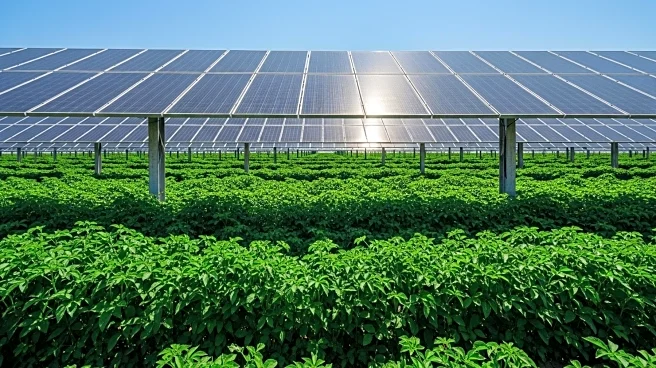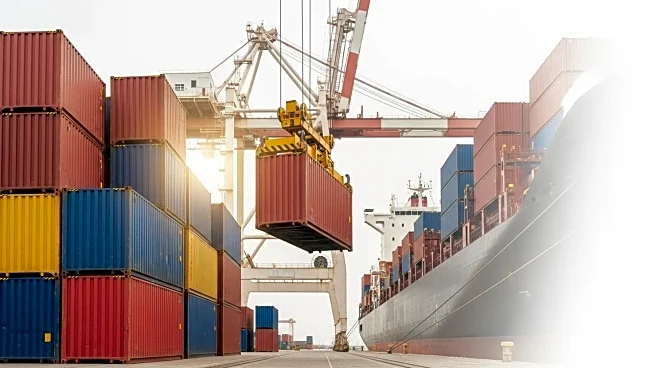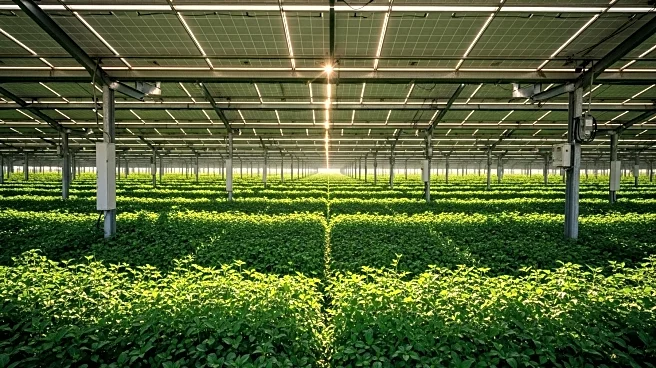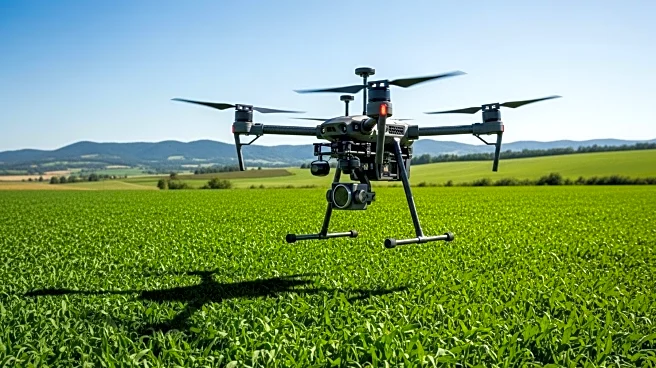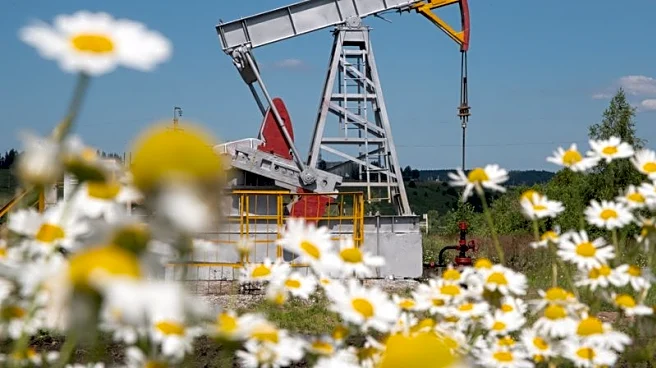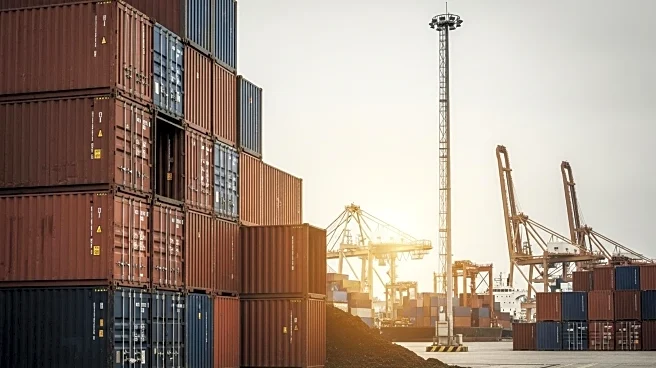What is the story about?
What's Happening?
Agrivoltaics, the practice of installing solar panels above agricultural fields, is gaining traction in India as a means to provide farmers with a stable income amidst unpredictable weather conditions. Harpal Dagar, a farmer near Delhi, has been farming under solar panels for five years, benefiting from a partnership with Sun Master, a solar power firm. This arrangement allows him to continue farming while receiving annual payments for the electricity generated by the panels. Despite the potential benefits, the adoption of agrivoltaics in India has been slow, with only around 40 projects currently operational. Challenges include the higher installation costs of elevated panels and the suitability of crops that can grow under reduced sunlight. High-value crops like green leafy vegetables and spices are more compatible with this system. The solar industry is advocating for government subsidies to make agrivoltaics more accessible to small farmers.
Why It's Important?
Agrivoltaics presents a transformative opportunity for India's agriculture sector, which is heavily reliant on monsoon rains and vulnerable to climate change. By providing a reliable income stream, agrivoltaics can enhance the resilience of farmers against unpredictable weather patterns. This model also offers environmental benefits, such as reduced irrigation needs and protection against heat stress. However, the financial viability of agrivoltaics depends on government support and clear contractual agreements between farmers and solar developers. If successful, agrivoltaics could significantly contribute to India's renewable energy goals and agricultural sustainability, potentially positioning India as a leader in this innovative approach.
What's Next?
The future of agrivoltaics in India hinges on overcoming financial and contractual challenges. Government intervention through subsidies and clear contract enforcement could accelerate adoption. As the technology evolves, solar companies like SunSeed are developing advanced simulation software to optimize panel configurations and crop compatibility. If these hurdles are addressed, agrivoltaics could expand significantly, offering a model for other climate-vulnerable regions. Stakeholders are watching closely to see if India can catch up with countries like China, where agrivoltaics is more widely implemented.
Beyond the Headlines
Agrivoltaics not only promises economic stability for farmers but also raises questions about land use and energy policy. Balancing the interests of farmers and solar developers requires careful consideration of long-term contracts and land rights. Additionally, the integration of solar technology into agriculture could drive innovation in crop management and energy efficiency, potentially reshaping rural economies and contributing to global efforts in climate adaptation.
AI Generated Content
Do you find this article useful?
